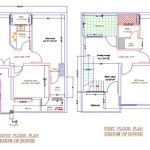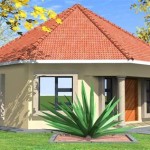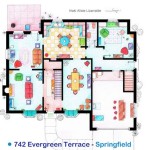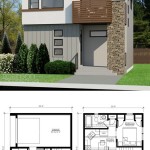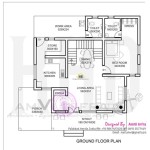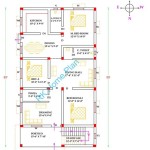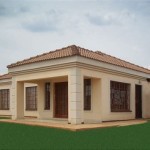Prefabricated House Plans: A Comprehensive Guide
Prefabricated homes, often referred to as prefab homes or simply prefabs, have evolved significantly from their early image of basic, boxy structures. Today, they represent a sophisticated and increasingly popular alternative to traditional site-built homes, offering a range of styles, sizes, and customization options. Understanding the various aspects of prefabricated house plans is crucial for anyone considering this modern approach to homeownership.
Prefabricated construction involves manufacturing building components in a factory setting, then transporting these components to the building site for assembly. This off-site construction process offers several key advantages. It typically results in faster construction times compared to traditional methods, as weather delays are minimized and production can occur simultaneously with site preparation. Controlled factory conditions also contribute to higher quality control and reduced material waste.
Several distinct types of prefabricated homes exist, each characterized by its level of completion in the factory. Modular homes represent one common type. These homes are constructed in modules, complete with interior and exterior finishes, plumbing, and electrical wiring. Once transported to the site, these modules are craned into place and connected to form the complete structure.
Panelized homes constitute another prevalent prefab option. In this method, wall panels, roof trusses, and floor systems are prefabricated and shipped to the site for assembly. While panelized homes offer some degree of prefabrication, they generally require more on-site work than modular homes, including the installation of insulation, wiring, and plumbing.
Manufactured homes, often confused with modular homes, represent a distinct category. Built entirely in a factory, these homes are transported to the site on a permanent chassis. While offering affordability, manufactured homes adhere to different building codes than modular and panelized homes, potentially affecting resale value and financing options.
Prefabricated house plans offer considerable design flexibility. Manufacturers often provide a catalog of standard plans that can be customized to meet individual needs and preferences. These customizations can include modifications to room sizes, layouts, exterior finishes, and interior features. Some manufacturers even offer the option to work with an architect to create a fully custom prefab design.
When considering prefabricated house plans, careful attention to site selection is crucial. Accessibility for transporting and maneuvering large modules or panels is paramount. Soil conditions and local building codes also play a significant role in the feasibility of a prefab project. Consulting with experienced prefab builders and local authorities is essential during the planning stages.
Cost considerations for prefab homes vary depending on factors such as size, design complexity, and chosen materials. While the factory-controlled environment of prefab construction can lead to cost savings in materials and labor, transportation costs and site preparation expenses must also be factored into the overall budget.
Financing a prefab home generally follows similar processes as financing a traditional home. However, it's important to select a lender familiar with prefab construction. Some lenders may require specific documentation or inspections related to the manufacturing process and transportation of the home components.
The environmental impact of prefab construction is often cited as a significant advantage. The controlled factory environment minimizes material waste, and the use of sustainable materials is becoming increasingly common in prefab construction. The energy efficiency of prefab homes can also contribute to lower operating costs and a reduced carbon footprint.
The popularity of prefab homes continues to grow, driven by factors such as faster construction times, increased quality control, design flexibility, and potential cost savings. As technology advances and consumer demand evolves, the prefab housing industry is likely to witness further innovation and expansion, offering an increasingly attractive alternative to traditional building methods.
Choosing the right prefab home plan requires thorough research and careful consideration of individual needs and preferences. Factors such as budget, desired design, site characteristics, and local regulations all play a crucial role in the decision-making process. Consulting with reputable prefab builders and industry professionals is highly recommended to ensure a successful and satisfying homebuilding experience.
The future of prefab housing appears promising, with ongoing advancements in building materials, design software, and manufacturing techniques. These innovations are likely to further enhance the efficiency, affordability, and sustainability of prefab construction, making it an increasingly compelling option for prospective homeowners.

Modular Home Floorplans Layouts Next

Modular Home Plan Three Bedroom House Floor Prefab Plans Craftsman

Modular House Plans Modularhomeowners Com

Floor Plans Finish Werks

Container Prefab House Plans

Top Five Most Popular Modular Home Floor Plans

Karmod 91 M² Prefabricated Modular House Designs And Plans

Modular Design May 2024 L Shaped House Plans

Container And Prefab House Plans Riba Books

Modular Home Floor Plans Ma Prefab Builders Manufacturers Ri Vt Ct Me Ny

